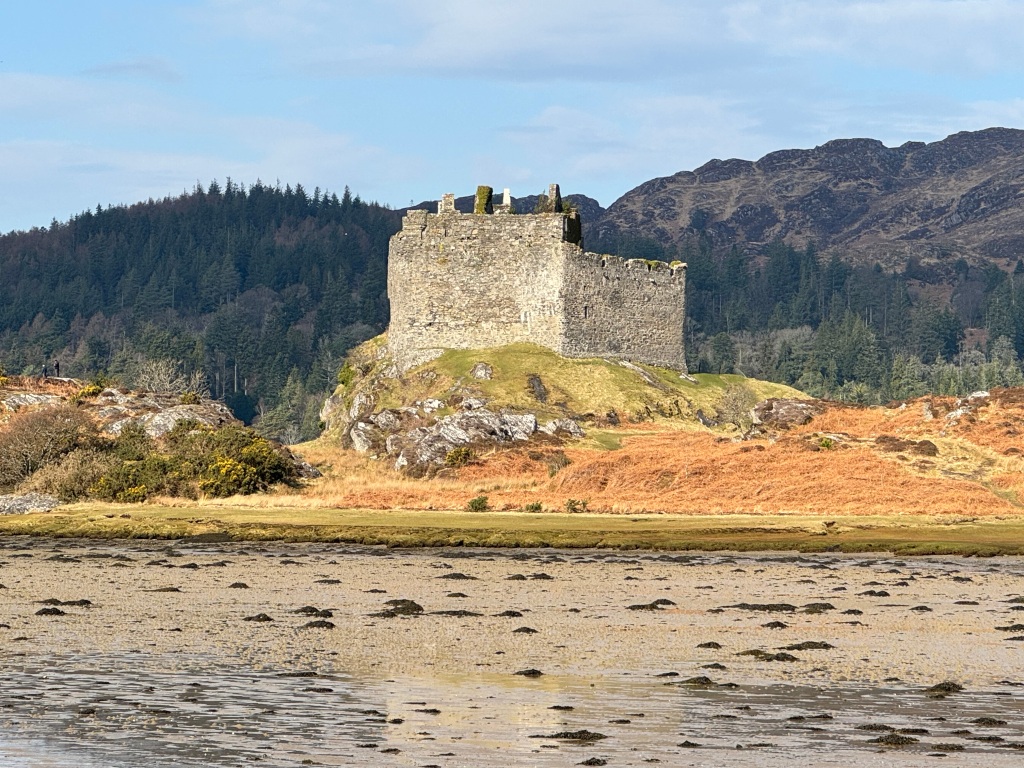
From Glencoe we set off to our final destination of Strontian, a village on the northern shore of Loch Sunart in the heart of Lochaber. To save many miles of driving, we took the Corran ferry over Loch Linnhe and then followed the A861 along the side of the loch before turning west towards Strontian.
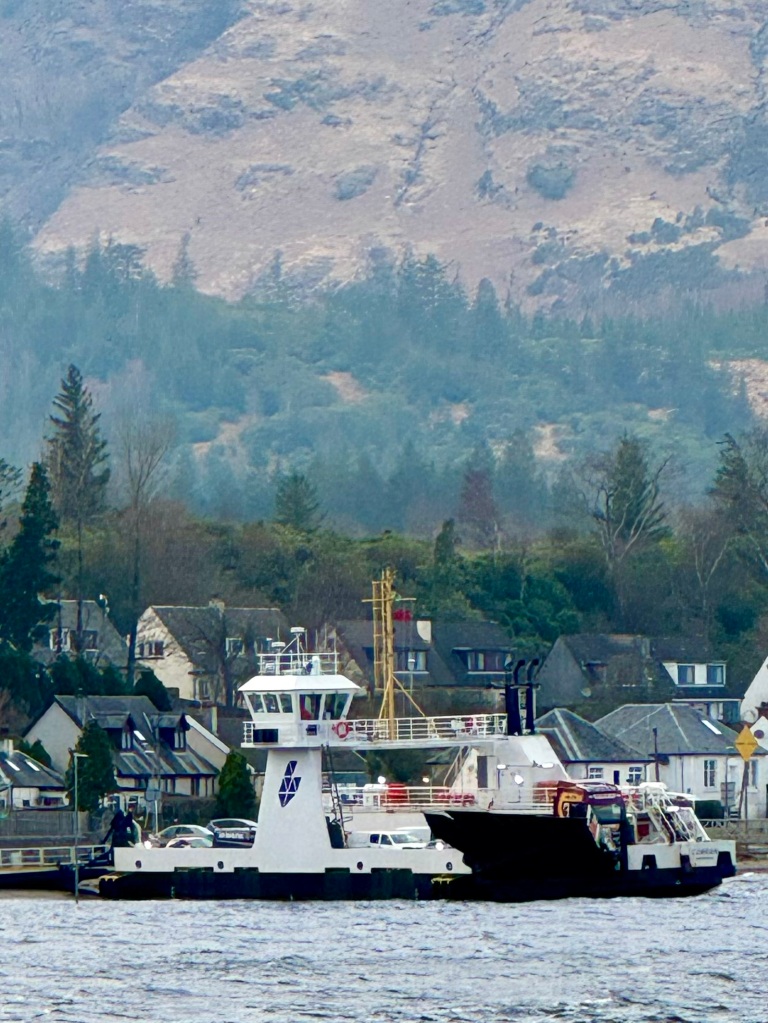
Strontian is a charming place, with some good facilities for a village of its size, including a secondary school and fire station. We stayed at a very comfortable and dog-friendly bed and breakfast at the entrance to the woodlands managed by Forestry and Land Scotland. As we were only staying a couple of days, we didn’t have time to see for ourselves, but we heard about some excellent walks through the ancient oaks.
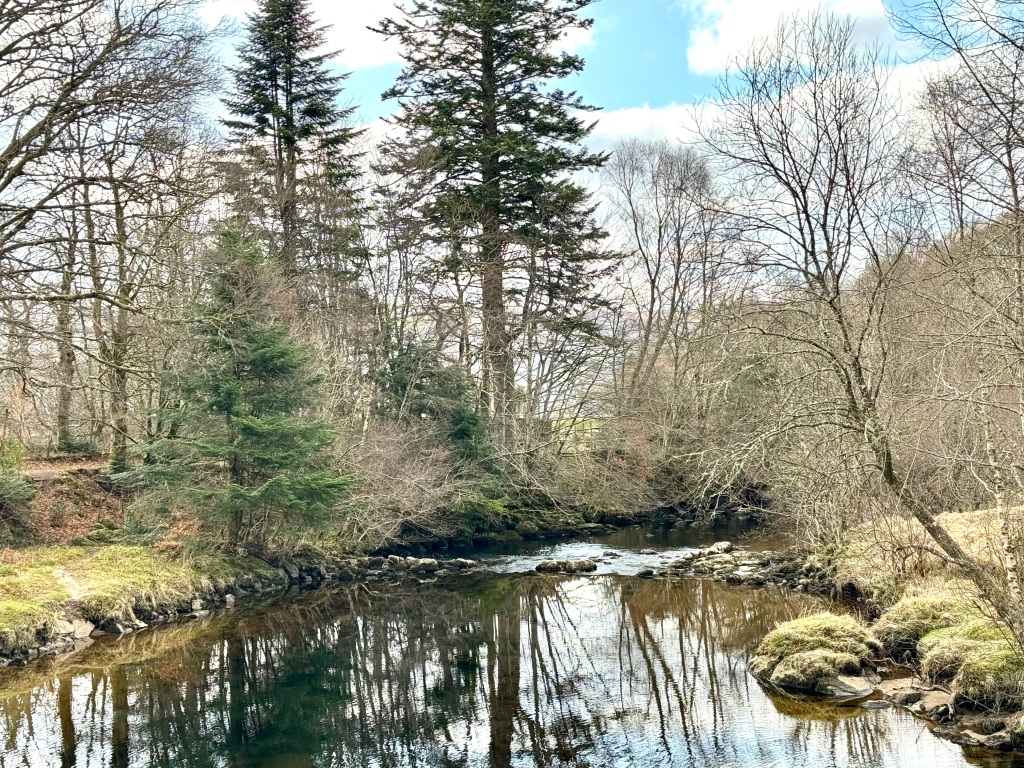
In the late 18th century, the village lent its name to the element strontium (atomic number is 38) when it was first discovered in the nearby lead mines. The element was named after the village by the renowned chemist Adair Crawford, making Strontian forever linked to the periodic table.
Once again, our limited time meant we were unable to visit the old Strontian Lead Mines which today provide a glimpse into the lives of those who once worked there.
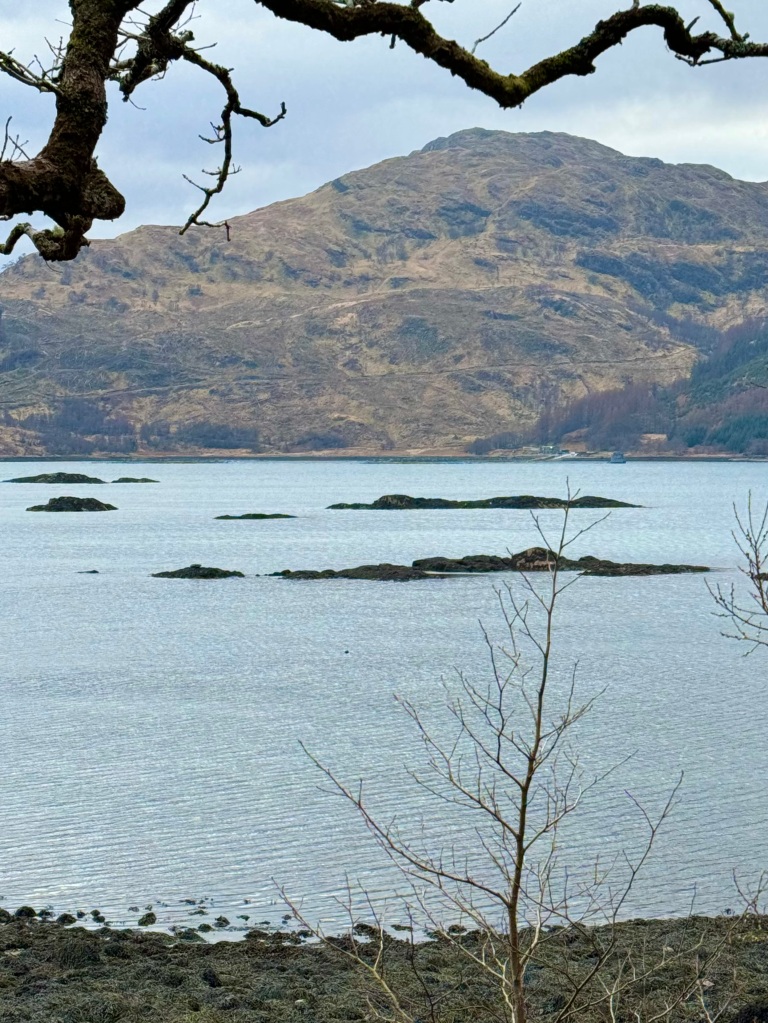
Strontian is nestled between the loch, the woodlands and the rugged hills so exploring options are varied. We chose to head west along the northern shore of Loch Sunart and then up to Acharacle. Crossing the River Shiel (which flows from Loch Shiel) we followed a very rough road to a small car park facing Eilean Shona, an island separated from the mainland by a north and south channel.
The tide was out, giving us access to the smaller island at the mouth of Loch Moidart on which stood the ruins of Castle Tioram.
This 14th century castle became a seat of the MacDonalds of Clan Ranald. It was occupied until 1715 when, during the first Jacobite uprising, it was torched so that Hanoverian forces could not use it. Years earlier, misfortune fell upon some of the clan chiefs. Allan MacDonald, 4th Chief, was executed by James IV in 1509 after taking part in pillaging Atholl, and the 5th Chief, Ronald, was hanged in 1513. Dugald, 6th Chief, was assassinated, while Ian Moidartch, 8th Chief, was kidnapped and held in Edinburgh Castle in 1544.
We walked over to the island and were taken in not only by the castle itself, but by the stunning views of Loch Moidart and the south channel. Our dogs certainly had a good walk, enjoying the open space left by the receding tide.
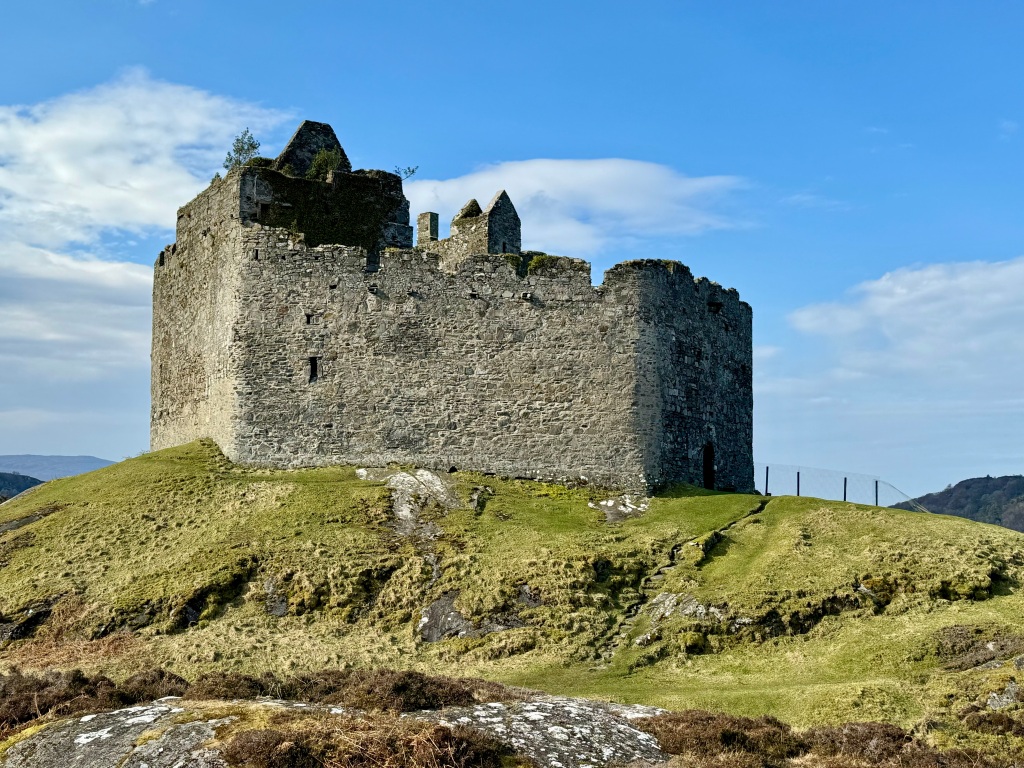
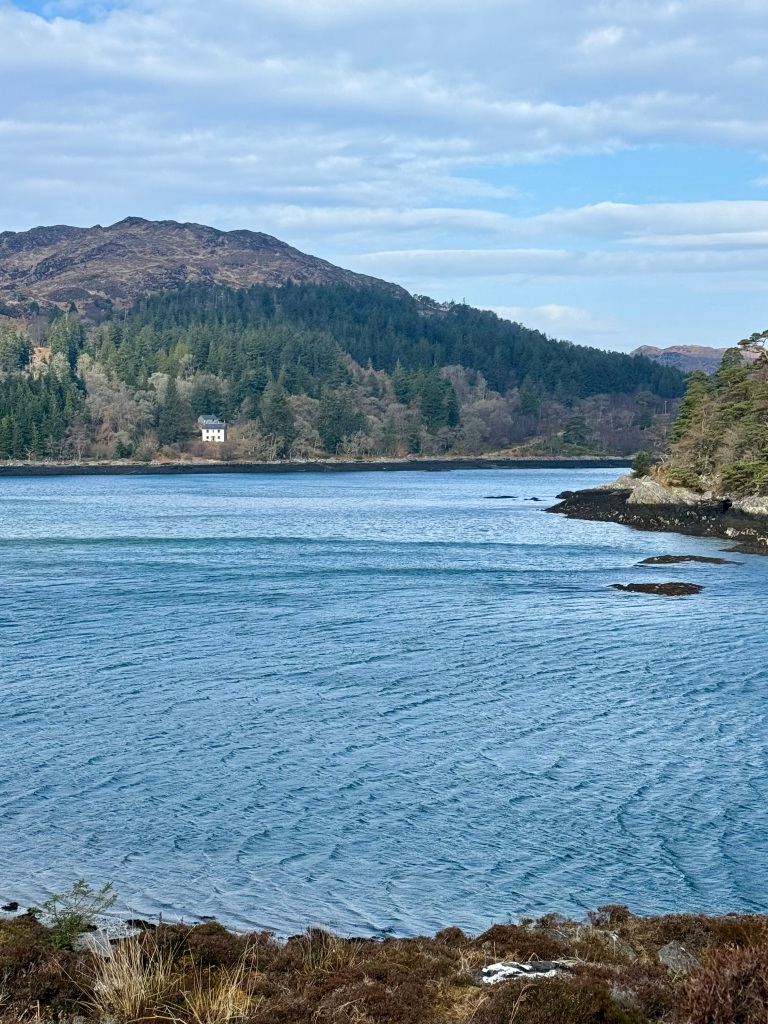
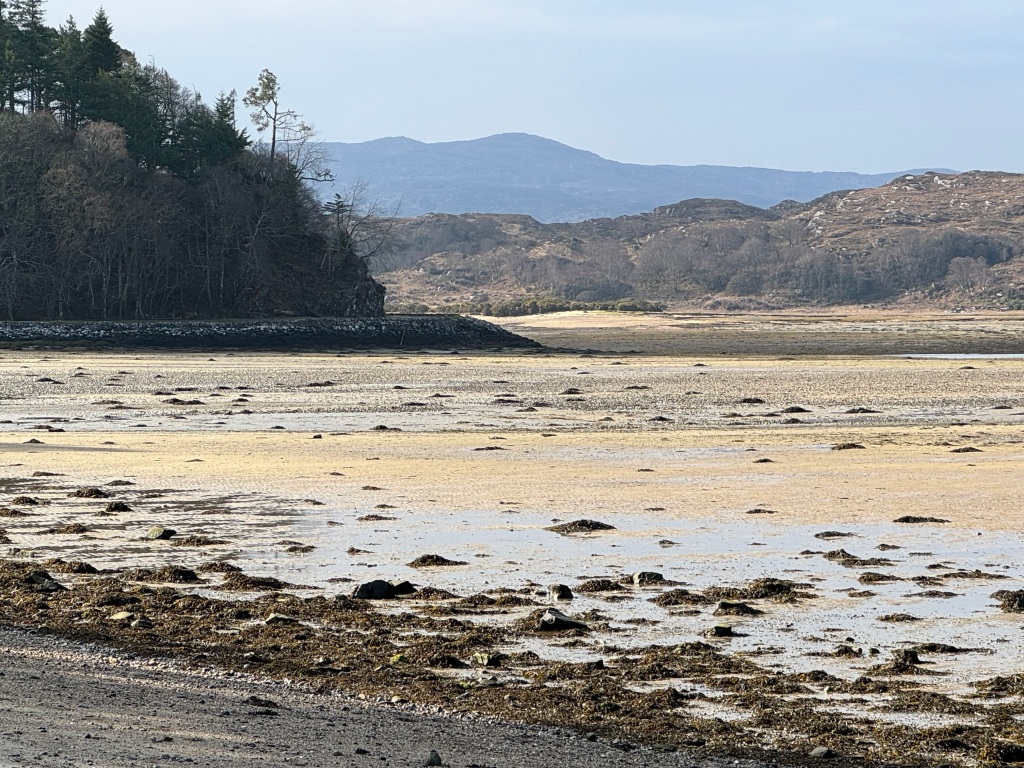
After spending time with our dogs admiring Castle Tioram, Loch Moidart and the expanse of sand, we headed for our next destination. This was the coast north of the Moidart area with views across the blue waters of the Sound of Arisaig.
Descending towards the sea we were struck by its Mediterranean-like appearance under the glorious blue sky. We continued with a slow drive north eastwards, passing along Loch Allort until we reached the main road from Mallaig to Glenfinnan. Here we turned east and after a short stop at Loch Shiel, we picked up the single-track road that took us back to Corran. After that it was a case of retracing our route from day one when we arrived in Strontian.
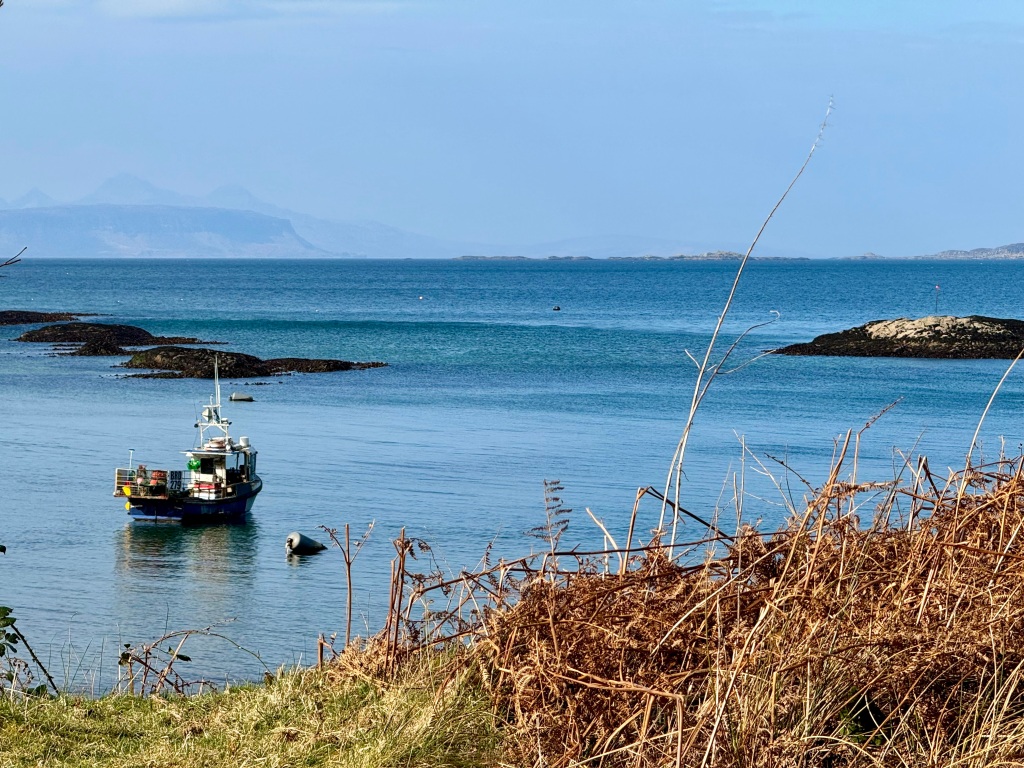
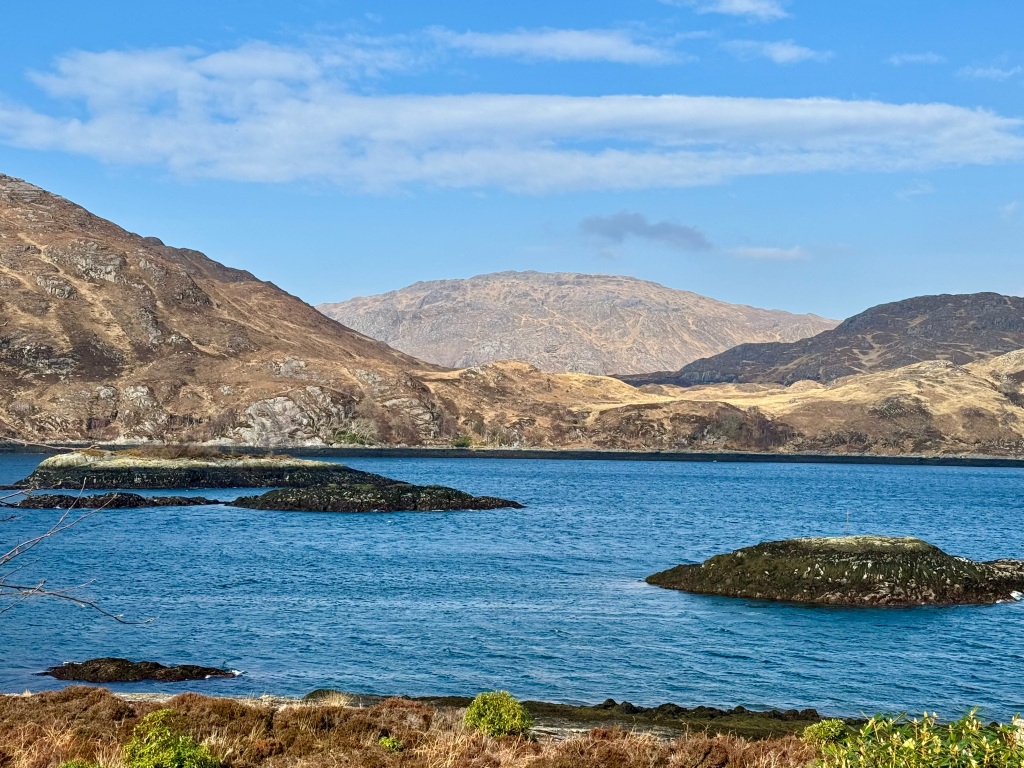
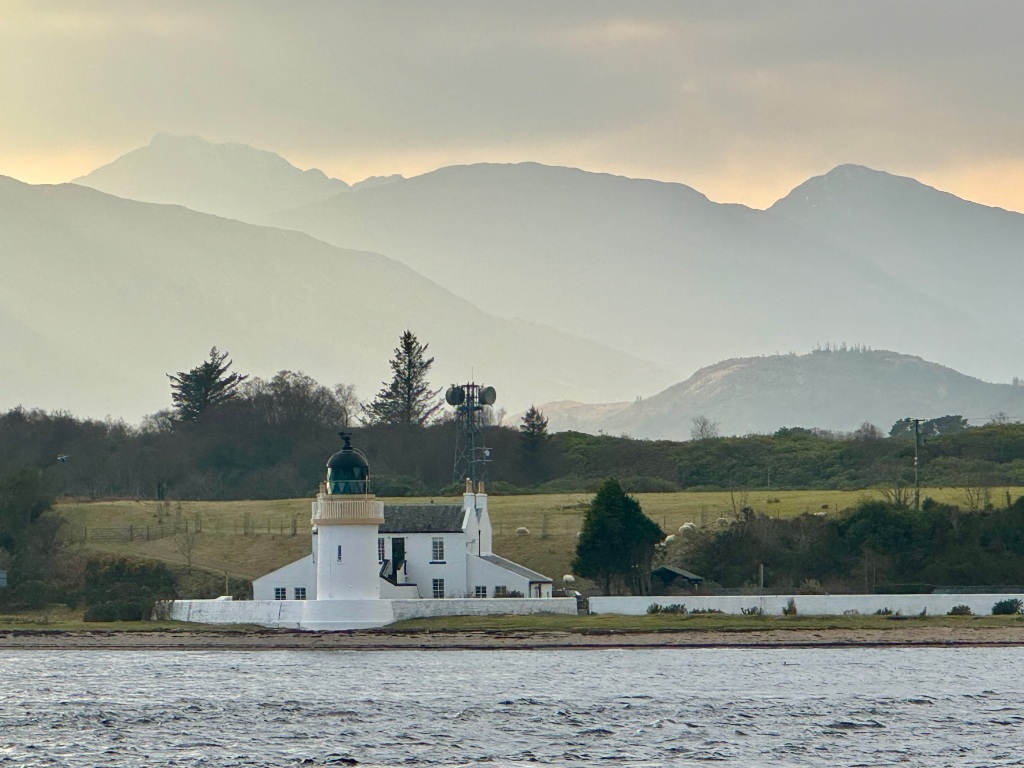
With limited time, we didn’t get to travel any further west to Ardnamurchan, but we saw enough to appreciate the beauty, the diverse landscapes, and the tranquility of the Lochaber area. I feel certain we will return.
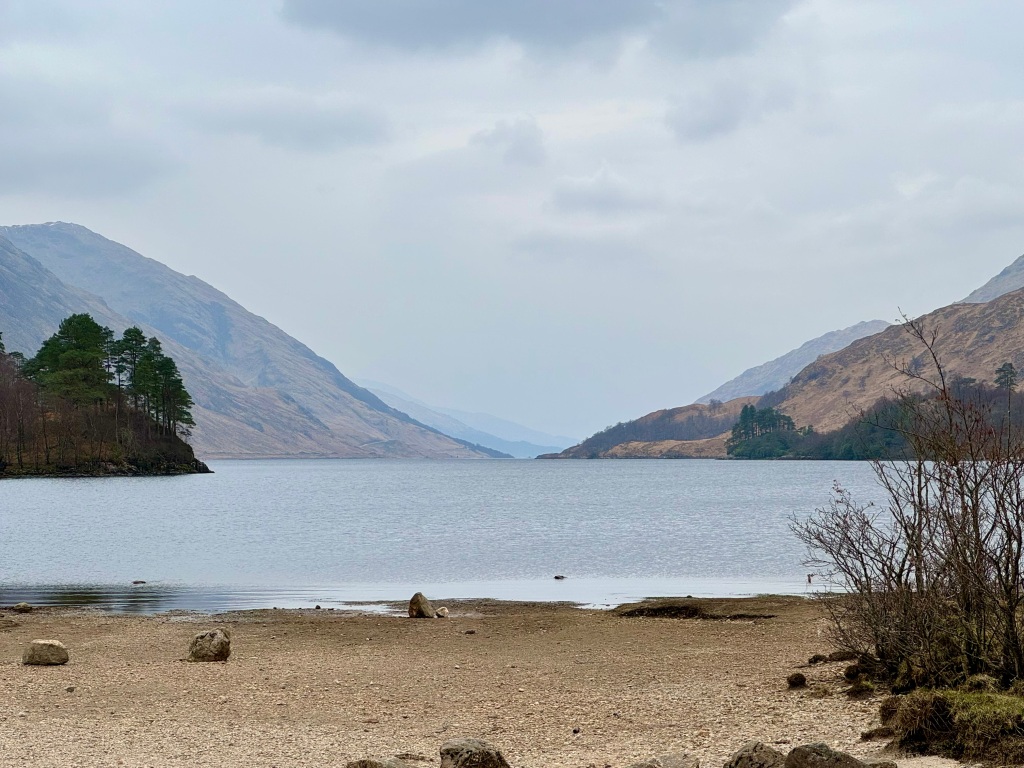
(All photos by David unless stated)
